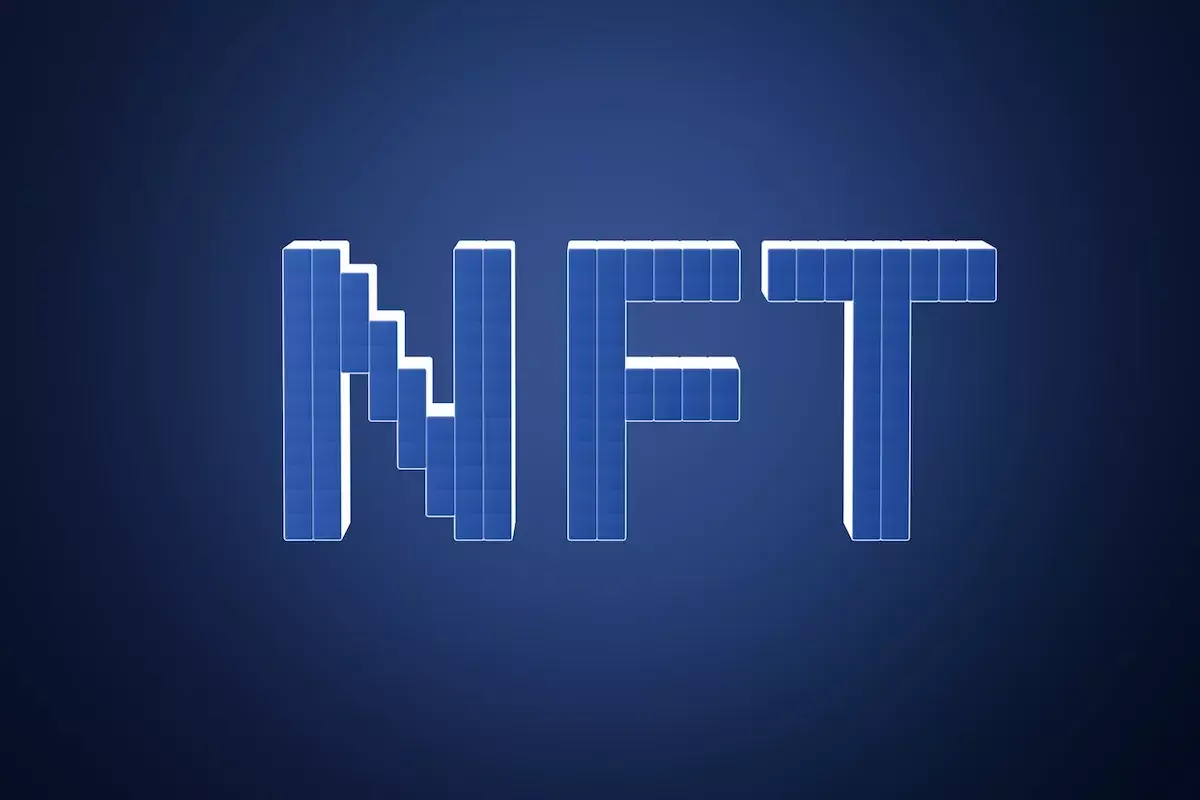The rise of NFTs (non-fungible tokens) has created a veritable gold rush in the digital collectibles space. While many enthusiasts participate actively in this market, few recognize the influence of large-scale collectors commonly referred to as “whales.” This term describes individuals or institutions holding substantial portions of NFT collections or high-value assets, and their activities can significantly affect market trends. This article delves into the world of NFT whales, examining their impact on market dynamics and providing insights into tracking their behaviors.
NFT whales are individuals or organizations that possess a large number of specific NFTs or hold multiple valuable tokens across various collections. Their significance lies in their ability to sway market trends dramatically. For instance, if a whale decides to buy a significant quantity of a particular NFT, it can cause a spike in demand, leading to price surges. Conversely, a mass sell-off can precipitate panic, driving prices down and affecting countless traders.
The concept of market sentiment cannot be overlooked when discussing NFT whales. These entities often create waves of fear and excitement among smaller traders, inciting either fear of missing out (FOMO) or panic selling. Their actions are not just financial movements; they also influence the psychology of the market, shaping how other participants perceive the viability of specific projects.
One of the most remarkable features of blockchain technology is its inherent transparency. Every transaction is publicly recorded, enabling anyone to trace the history of an NFT from its minting to its final ownership. This accessibility allows smaller traders to monitor whale activity effectively. However, while transaction data is transparent, the identities behind wallet addresses often remain pseudonymous, raising questions about trust and verification in the community.
Using platforms such as Etherscan allows users to explore blockchain transactions easily. Users can become adept at identifying whale wallets, examining transaction patterns, and understanding trading dynamics. By following the movements of notable holders and their decisions, collectors can glean insights into potential market shifts, thereby positioning themselves better within the NFT landscape.
While manual tracking of whale activities can be daunting, several specialized platforms simplify the process. For instance, Nansen offers extensive on-chain analytics that highlight smart money trends, facilitating the identification of significant whale wallets. Similarly, Dune Analytics empowers users to create and share dashboards that provide insights into transaction volumes and trading patterns.
In addition to these tools, many NFT communities utilize social media platforms like Twitter and Discord. Whale alert bots track and announce major transactions in real-time, allowing traders to stay informed about significant market movements. Following these channels can also help in understanding market sentiment, providing a multifaceted view of whale behavior.
To effectively track NFT whales, individuals should focus on a few critical aspects when observing their activities. Firstly, identifying collection contract addresses and utilizing blockchain explorers will provide a foundational understanding of ownership distributions. By sorting addresses based on the number of NFTs held or transaction values, enthusiasts can identify the top whale wallets to monitor.
Once identifiable, tracking whales involves recognizing their trading habits. For example, a whale purchasing NFTs at floor prices may indicate bullish sentiment, inspiring confidence among other investors. Conversely, observing a whale’s liquidation of assets might signal impending market declines. Additionally, examining whether whales adopt consistent flipping strategies or long-term holding approaches provides deeper context for their motivations.
While the activities of NFT whales furnish valuable insights, participation in this market is not devoid of risks. Manipulative practices are prevalent, with tactics like wash trading and pump-and-dump schemes exposing less informed traders to substantial losses. Understanding these red flags is essential for anyone wishing to invest wisely in the NFT space.
Moreover, the pseudonymity associated with cryptocurrency wallets necessitates ethical considerations regarding privacy and identity. Respecting this anonymity is vital, as doxxing individuals without consent can undermine community trust and security. Additionally, individuals should engage critically with whale activity instead of blindly emulating their strategies. Conducting personalized research that encompasses various project fundamentals is crucial for informed decision-making.
In a fast-evolving NFT ecosystem, the behavior of whales reveals both opportunities and dangers. They conduct actions capable of shaping entire market segments, warranting careful observation by smaller investors seeking to understand market dynamics. By leveraging blockchain technology, analytics platforms, and community insights, aspiring collectors can navigate the landscape more effectively.
As this space continues to grow and metamorphose, remaining vigilant will empower collectors to make educated choices. Recognizing the influence of whales and understanding their motivations can prove instrumental in crafting a balanced approach to NFT investment. Ultimately, cultivating a blend of curiosity and skepticism will enrich the journey in the vibrant world of NFTs.

